
Cargado el 5 de noviembre, 2009
Galería de Hans Ollermann
Nebamun
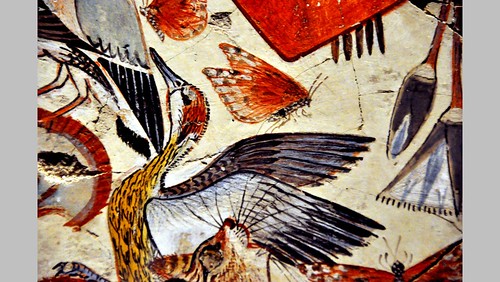
Image 56
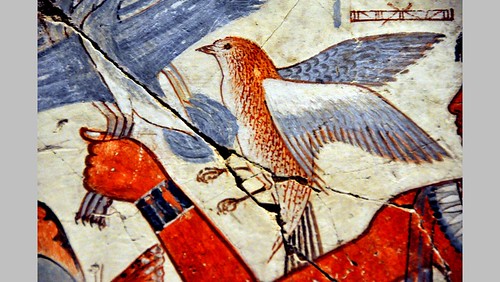
Image 55
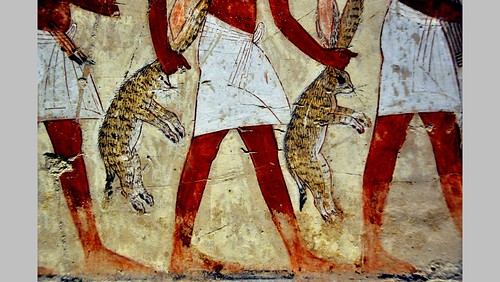
Image 54

Image 53

Image 52
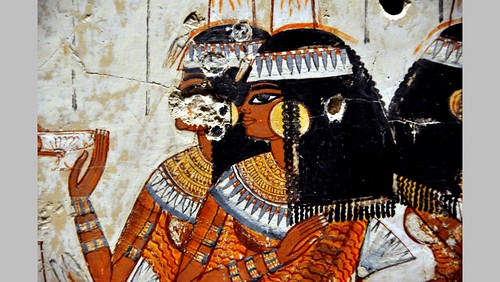
Image 51
Nebamun was an Egyptian "scribe and counter of grain" during the New Kingdom. His tomb in Thebes, the location of which is now lost, featured the famous Pond in a Garden false fresco painting.
Nebamun's name is translated as "My Lord is Amun" and he is thought to have lived c. 1500 bc. The paintings were hacked from the tomb wall and purchased by a British collector who in turn sold them to the British Museum in 1821. The collector died in poverty without ever revealing the source location of the paintings. The depictions are highly symbolic and thematically related to a joyful afterlife.
In 2009 the British Museum opened up a new gallery dedicated to the display of the restored eleven wall fragments from Nebamun's tomb, described as one of the Museum's greatest treasures. (Source: Wikipedia EncyclopediA)
See also my list of best and worst museums in the world:
www.flickr.com/photos/menesje/4059308291/
And here you find my list of best and worst museums in Holland:
www.flickr.com/photos/menesje/4059604700/
hola a tod@s los AE
http://www.amazings.com/ciencia/noticias/181209a.html
felices fiestas a tod@s
Jacques Arnabat
jacquesmer@orange.es
Arqueología
18 de Diciembre de 2009.
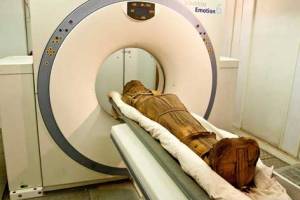 Un estudio ha desvelado el endurecimiento de las arterias en momias egipcias, algunas con hasta 3.500 años de antigüedad, lo cual sugiere que los factores que causan los ataques al corazón y los derrames cerebrales no son modernos; también afectaron a los pueblos antiguos.
Un estudio ha desvelado el endurecimiento de las arterias en momias egipcias, algunas con hasta 3.500 años de antigüedad, lo cual sugiere que los factores que causan los ataques al corazón y los derrames cerebrales no son modernos; también afectaron a los pueblos antiguos.La aterosclerosis es omnipresente entre las personas de la actualidad y, a pesar de diferencias en los estilos de vida antiguo y moderno, el equipo del cardiólogo Gregory Thomas de la Universidad de California en Irvine ha comprobado que era bastante común en los antiguos egipcios con un estatus socioeconómico alto que vivieron tres milenios atrás.
Lo descubierto sugiere que quizás tengamos que mirar más allá de los factores de riesgo modernos para entender completamente esta enfermedad.
A las momias se les escaneó todo el cuerpo, con especial atención al sistema cardiovascular. Los investigadores encontraron que 9 de las 16 momias que tenían corazones o arterias identificables, que fueron dejados en sus cuerpos después del proceso de momificación, tenían calcificación claramente visible en la pared arterial o en el trazado por el que habría discurrido la arteria de estar presente. Algunas momias tenían calcificación en hasta 6 arterias diferentes.
##########################################
RSS Feed de Amigos de la Egiptología
http://www.egiptologia.com/index.php?format=feed&TYPE=rss
##########################################
Boletín Informativo de AE (BIAE)
http://www.egiptologia.com/boletin-informativo-biae.html
Recomendamos: La Tierra de los Faraones
http://www.egiptologia.org
--------------------------------------------------------------
LISTA DE DISTRIBUCIÓN DE AMIGOS DE LA EGIPTOLOGÍA - AE
Gestión Altas-Bajas y consulta mensajes enviados:
http://www.egiptologia.com/lista-de-distribucion.html
Moderador: Víctor Rivas egiptologia@egiptologia.com
Amigos de la Egiptología: http://www.egiptologia.com
Los mensajes de Amigos de la Egiptología son distribuidos gracias al apoyo y colaboración técnica de RedIRIS Red Académica Española - http://www.rediris.es

No hay comentarios:
Publicar un comentario